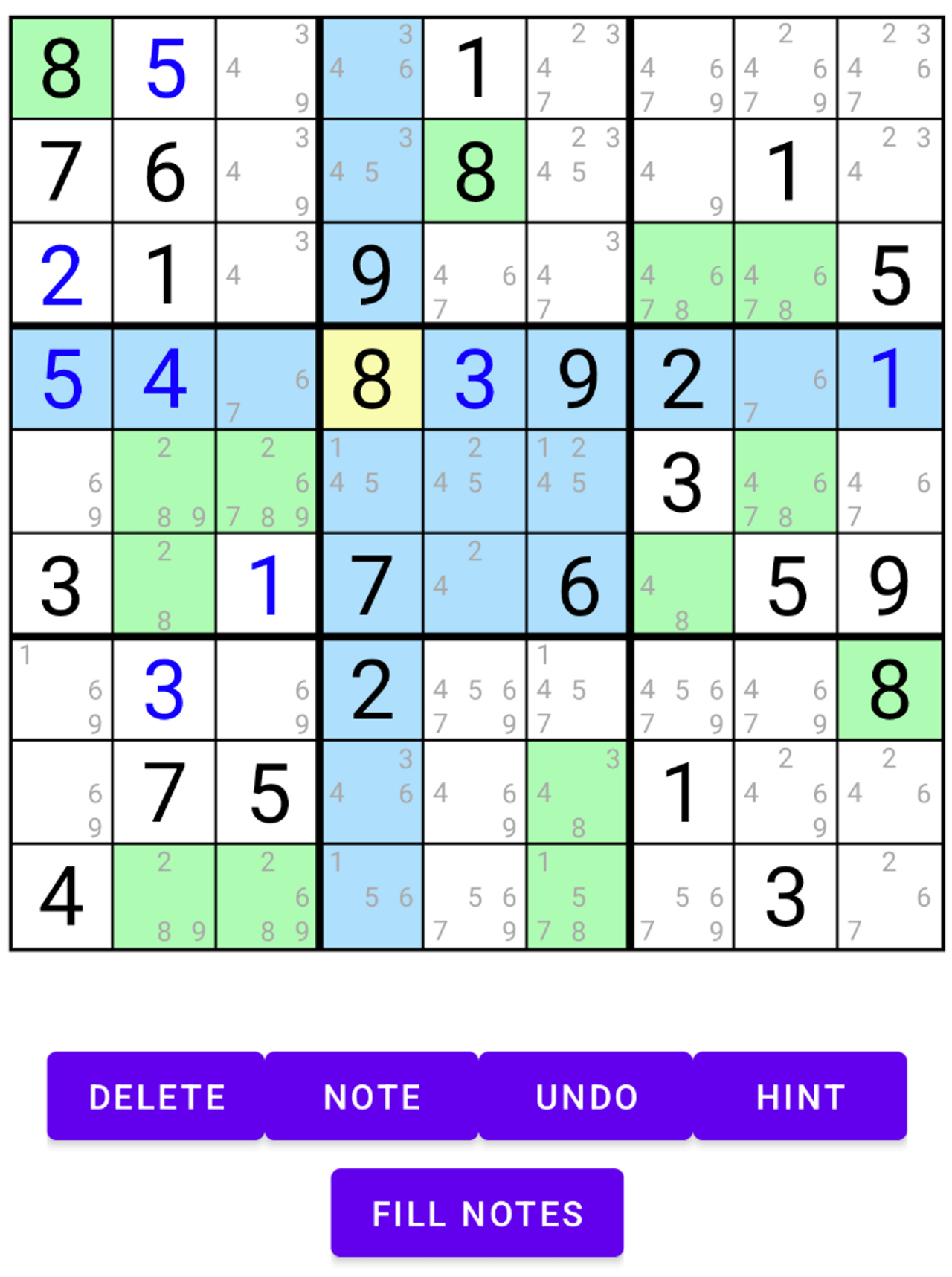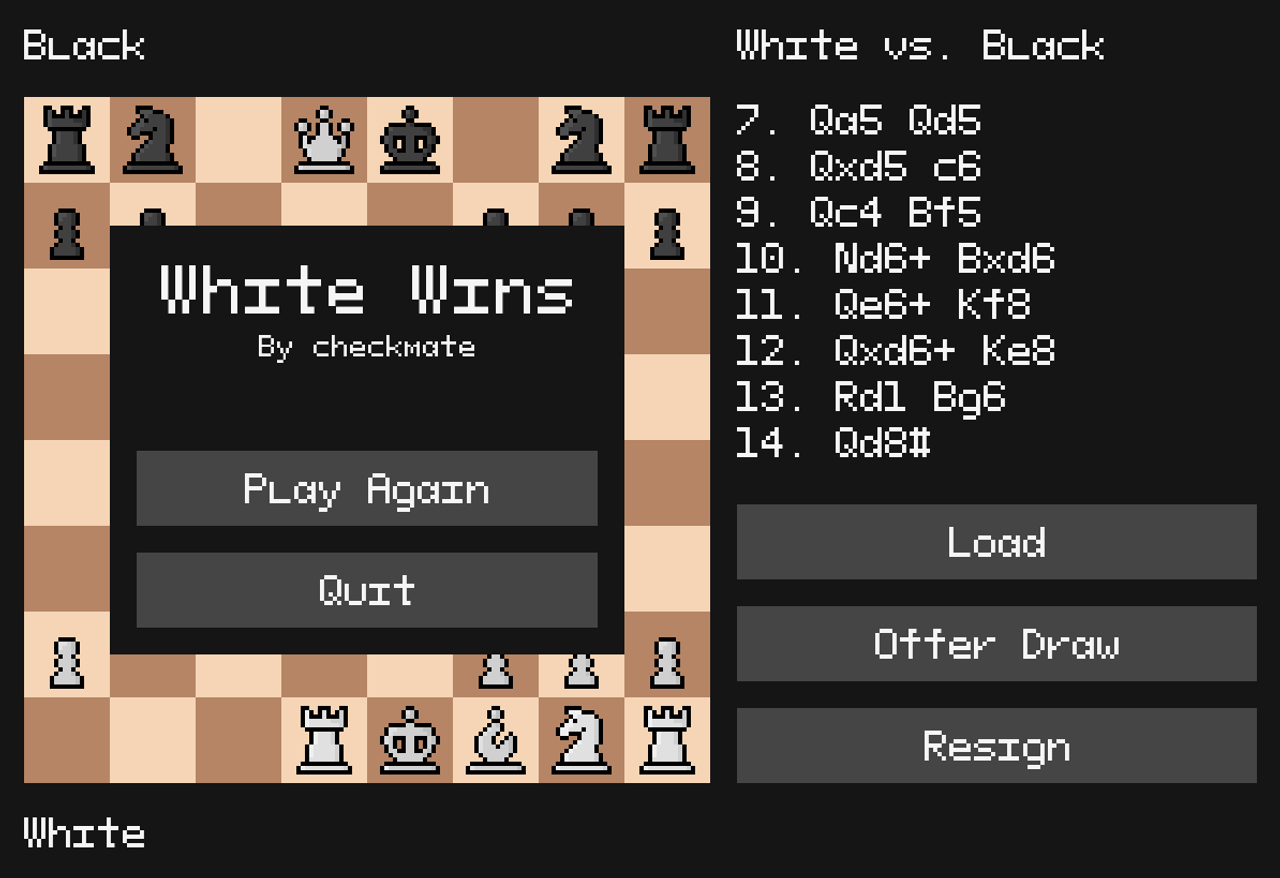This is my first blog post on this new website. Hooray! Why not spend this time to introduce you to myself?
I’m Jack, I’m a 20yo non-binary computer science student from Adelaide. I’ll be using this blog to post updates about projects I’m working on and competitions I’m participating in. Currently, I’m working on my sudoku android app, and learning a lot through Ravi’s Study Program. In the near future, I’ll be part of the Queue Crew at UNIHACK 2023, and Log(Q) for Ready Trader Go (hoping our team is accepted!)
Sudoku
Sometimes, I find myself obsessing over sudoku, pulling out it out on my phone whenever I get the chance. But most sudoku apps lock important features behind paywalls, such as the ability to auto-fill cells with notes at the start of a game, and they leave out others entirely. If I created my own app, I could make it exactly how I want it. But is it really worth that much effort, just because of a few minor inconveniences? Well, maybe not alone. But the idea got me thinking, how in the world are sudoku boards generated?? That’s surely one of the most important parts of a sudoku app! It’s this that really drove me.

I might write up a blog post explaining my process later, but the short version is this: use a fast solving algorithm to generate a complete board. Then, randomly remove tiles, and use the same solving algorithm to ensure that at each point, only 1 solution exists. My current process is very fast, and I’m judging difficulty based on the amount of tiles given at the start of the board, but I wish to improve this. I’m not convinced that the amount of tiles remaining is a great indicator of difficulty, so I’m working on an improved system to create better games. That’s where my project is for now. Check it out on GitHub to follow development!
Chess
The project I’m most proud of is definitely the chess game I made with two of my friends. I put a lot of work into it, mainly developing the back-end. The highlights are the check & mate detection, draw detection (fifty move rule, stalemate, etc), saving & loading, and our automated testing setup. We used a test-driven development process, which definitely paid off with all of the finicky little moves chess allows or disallows. I had no idea how complicated Chess was before I started working on this project, but we wanted to implement every rule, so we did. Yes, including en passant. If you want to check it out for yourself, follow the instructions here.
